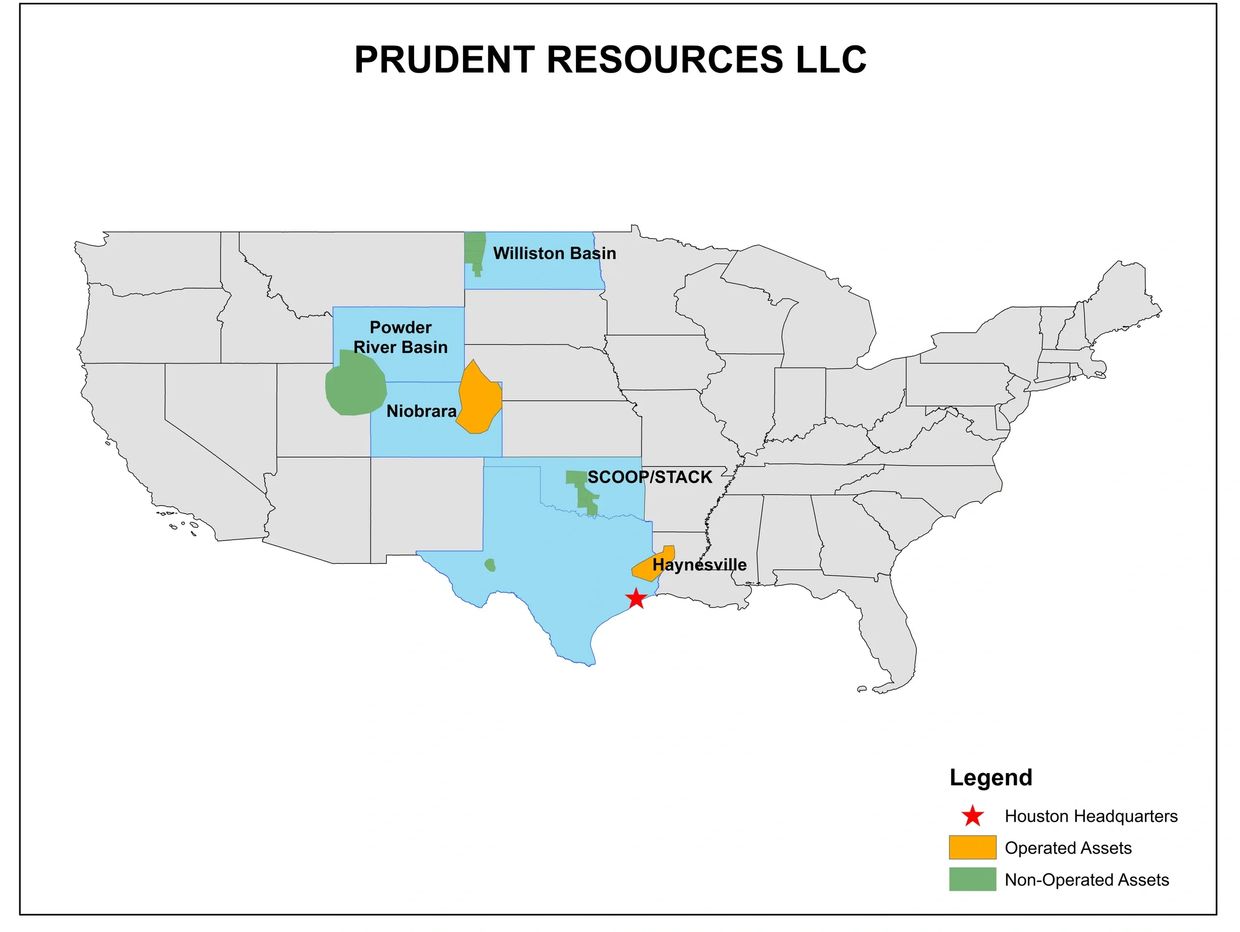Operations

Prudent Resources LLC
Prudent Resources LLC
Non Operated Assets - Frequently Asked Questions
Please reach us at info@prudentresourcesllc.com if you cannot find an answer to your question.
An oil and gas non operated interest in its most basic form is fairly straightforward. A company will take on the operator role by working the field and constructing or managing the infrastructure in a given area, and another company will assume a non-operator role by providing capital so that each player is mutually benefited. Those entering into these relationships may contribute assets, capital, technologies, or even combinations of the aforementioned in order to access advantages such as scale, risk sharing, or entry into a specific market or play and both share in the future costs.
As a non-operated investor, you are liable for ongoing costs associated with the project but also share in any profits of production. The well operator, after operating expenses have been covered, divides any additional funds between those holding a working interest, creating the source of income.
To capitalize on synergies, infrastructure, and risk sharing. Non operated projects made up 85% of the projects in upstream activities.
The correct answer is both. Many companies have been entering into non op to take advantage of the oil price recovery. Not surprisingly, a large portion of recently formed upstream non operated deals since 2016 has been in the Permian Basin followed by Bakken and Eagle Ford.
Tax treatment will be similar to operated properties. A working interest owner (as opposed to royalty interest) can deduct intangible drilling and development costs. The US tax code specifies that a working interest in an Oil and Gas well, is not considered to be passive activity. Any losses act as active income incurred in conjunction with oil and gas production can be offset against other forms of ordinary income.
- Those holding a working interest may deduct certain costs, such as those associated with the depreciation of equipment or utility payments.
- Tax benefits exist as losses are seen as active income and can be offset against other income.
· Does the asset require special capabilities that we are uniquely positioned to provide?
· Does the asset have strong synergies with other parts of our portfolio?
· Does the asset give us the chance to deepen our subsurface knowledge of a basin?
· Will the operator apply technologies that we must master or that we need to explore and understand?
· Does the asset offer an opportunity to enhance staff capabilities?
· Can the asset help us deepen our relationships with our partners, host governments, or other stakeholders?
· Is the operator experienced and capable, given the subsurface characteristics of the asset?
· Is the operator employing proven technologies that it understands well?
· Is the operator a strong performer on asset productivity, cost, and efficiency?
· Is there absolute alignment between the operator and its partners on the technical, commercial, and regulatory approach to the asset?
· Does the operator have a strong record with key contractors for this type of environment?
· Are the operator’s health, safety, security, and environment record and approach robust?
· Is the operator’s ethical approach aligned with our own?